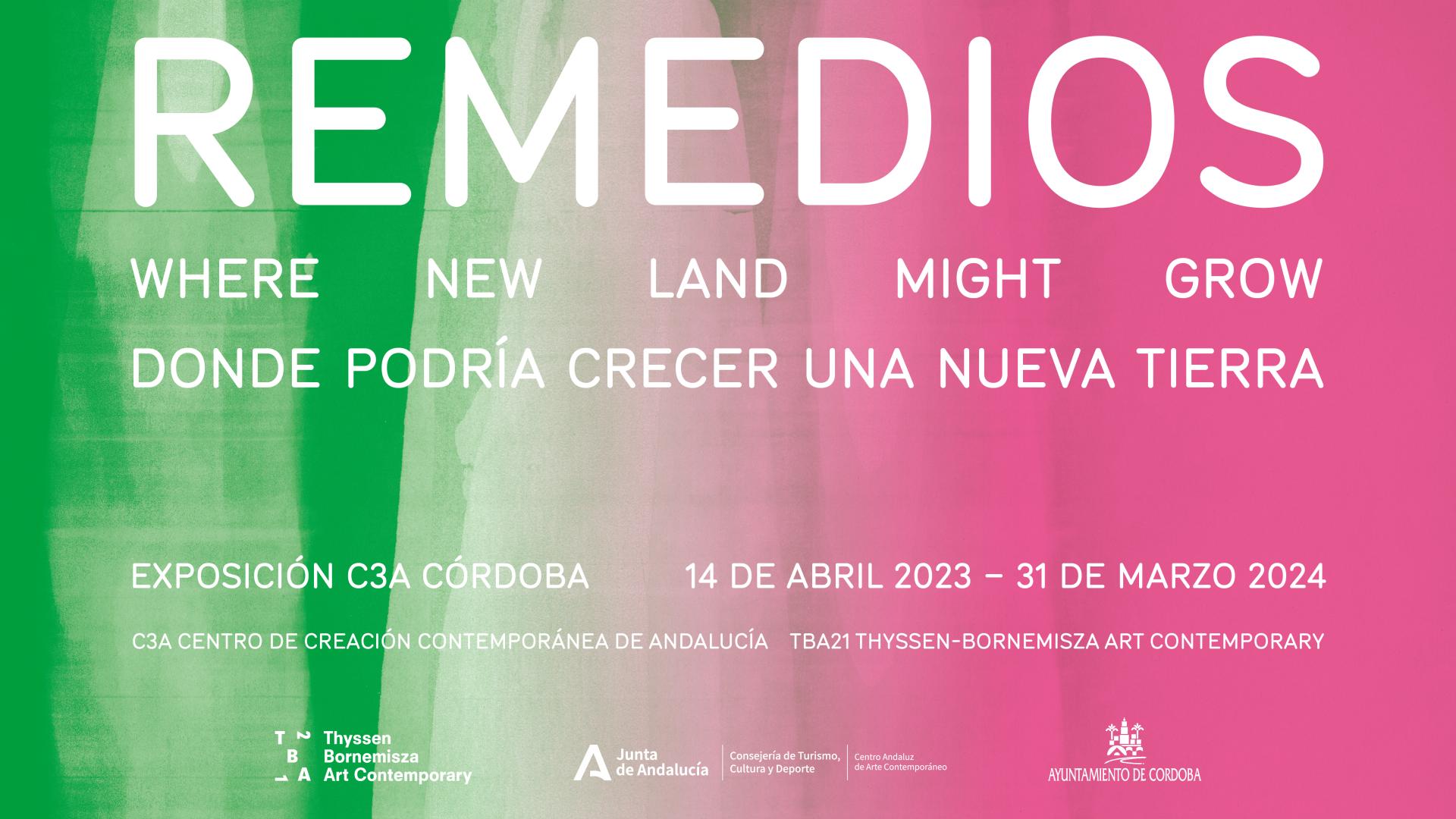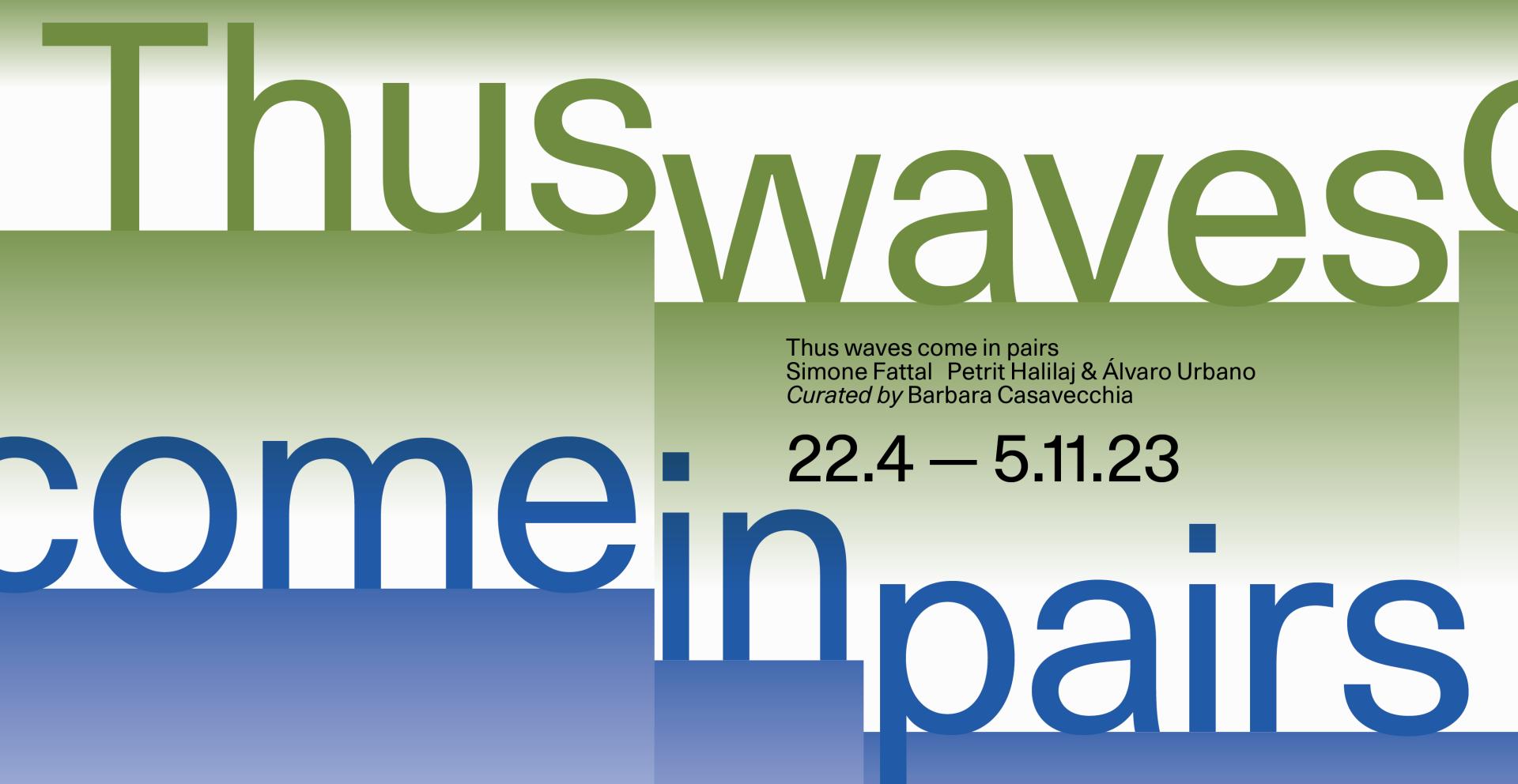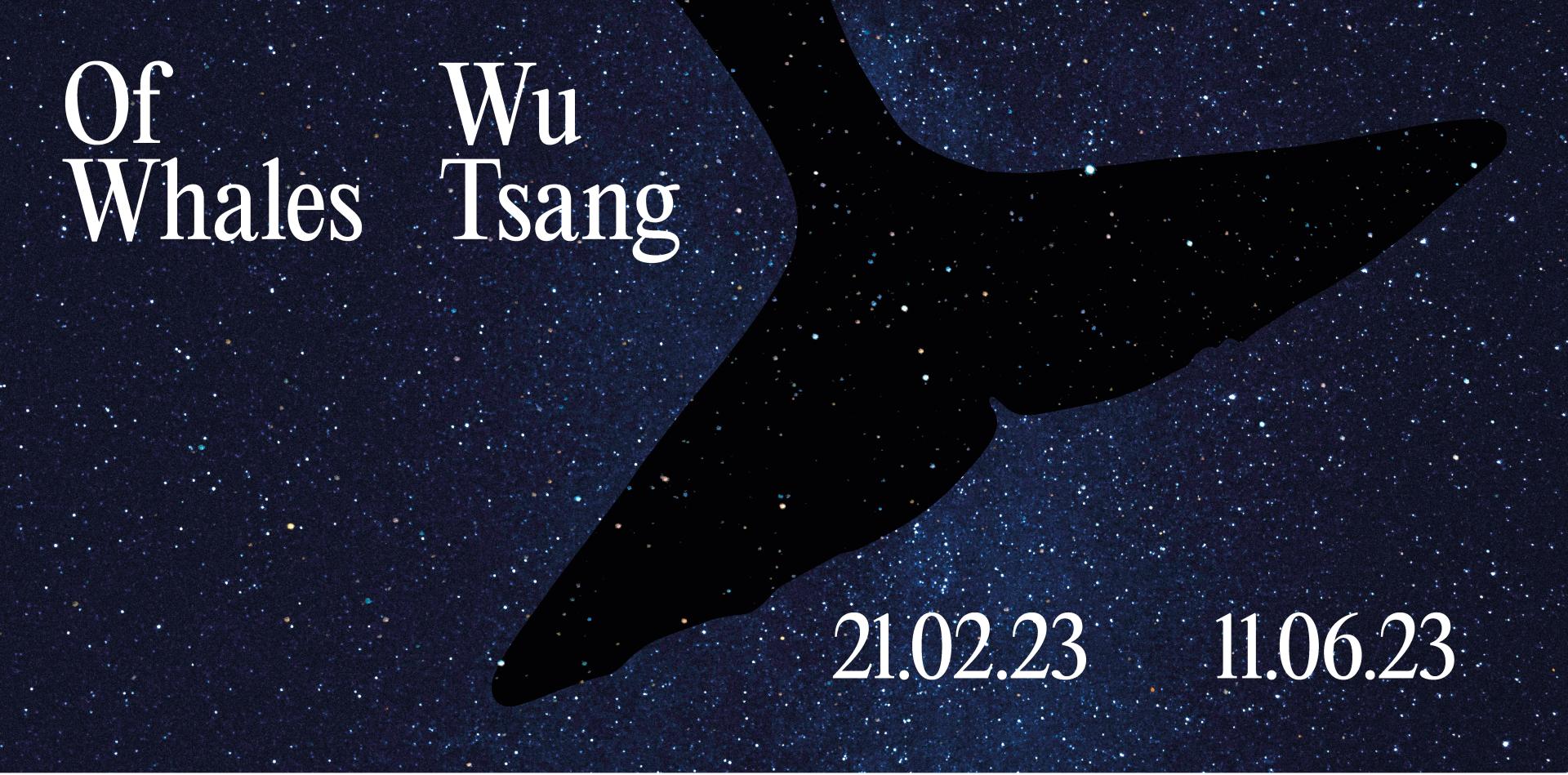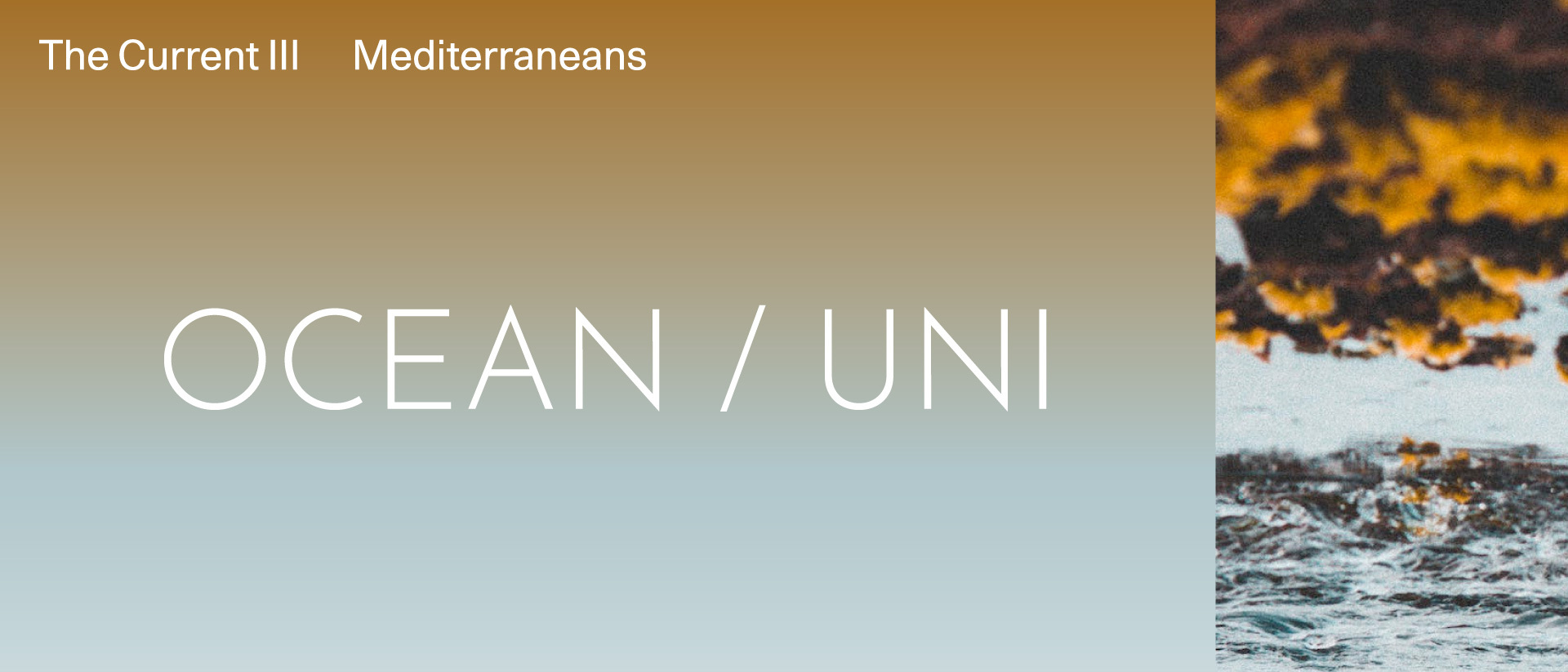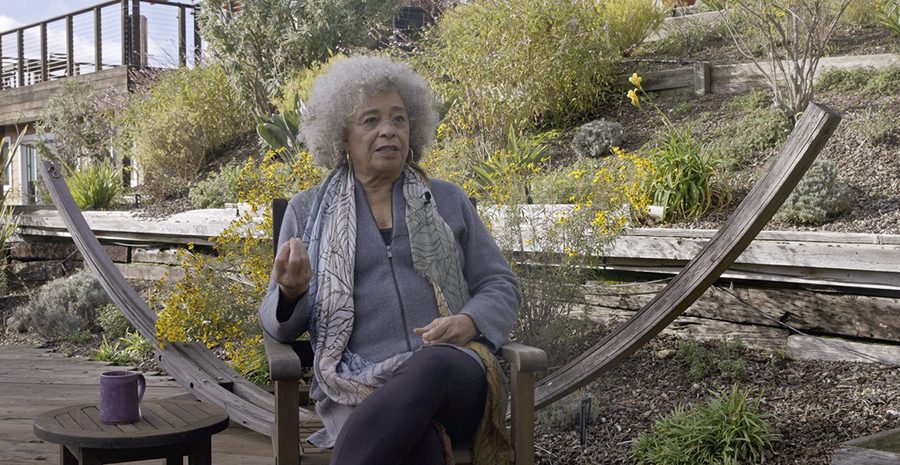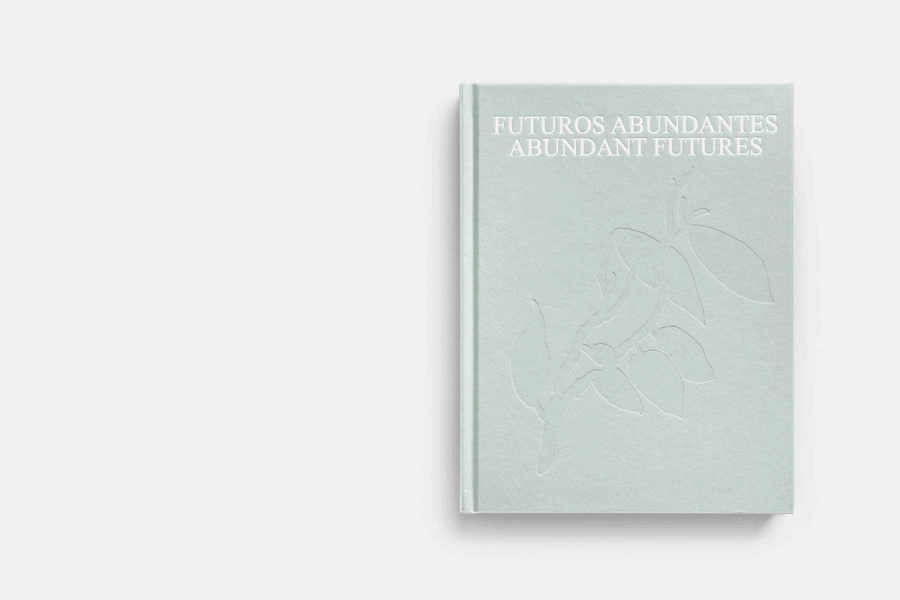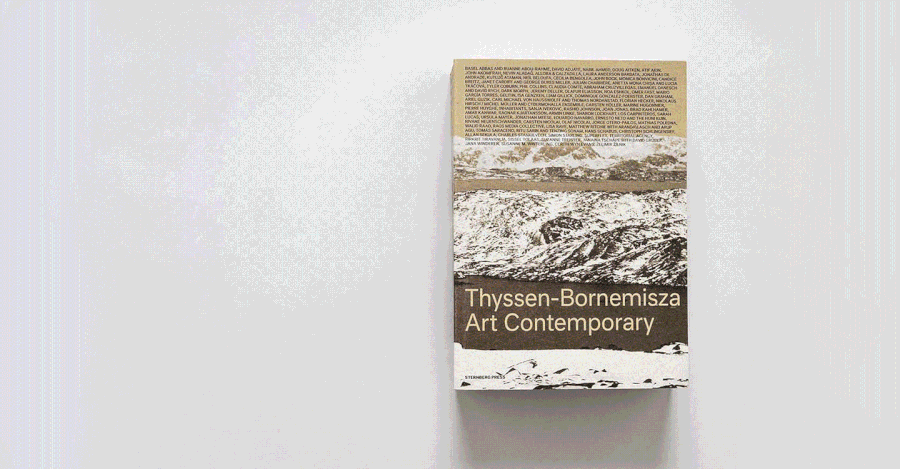Shrimp Farm, Survival Piece #2, 1971/2022
Variation From Survival Piece #2: Notations on the Ecosystem of the Cargill Salt Works, 2017
Variation From Survival Piece #2: Notations on the Ecosystem of the Cargill Salt Works, 2017
Helen Mayer Harrison and Newton Harrison
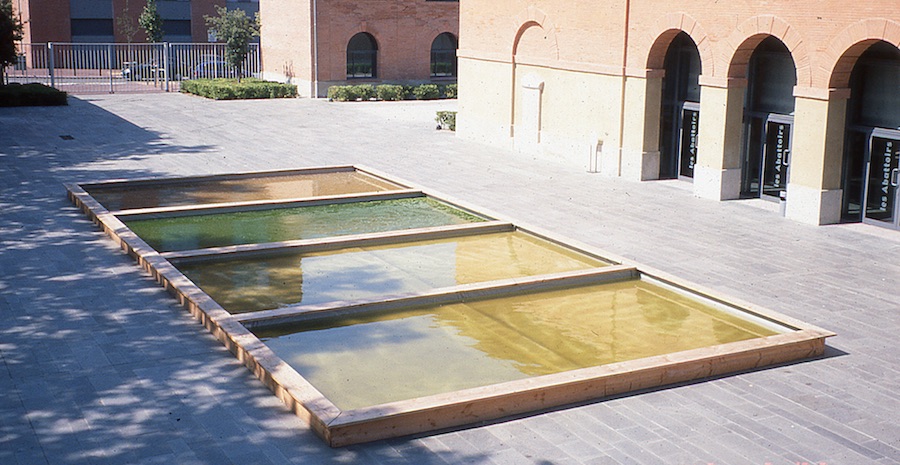
Survival Piece II: Notations on the Ecosystem of the Western Saltworks with the Inclusion of Brine Shrimp (1971), at the Los Angeles County Museum of Art, California. The right pond is ready for salt harvest; the left pond, for brine shrimp harvest. Photo by Helen Mayer Harrison and Newton Harrison. Detail
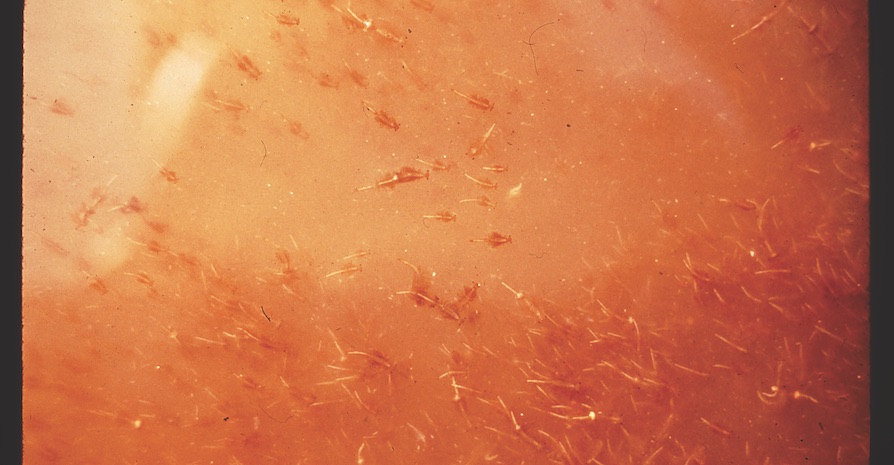
Survival Piece II: Notations on the Ecosystem of the Western Saltworks with the Inclusion of Brine Shrimp (1971), at the Los Angeles County Museum of Art, California. The right pond is ready for salt harvest; the left pond, for brine shrimp harvest. Photo by Helen Mayer Harrison and Newton Harrison. Detail
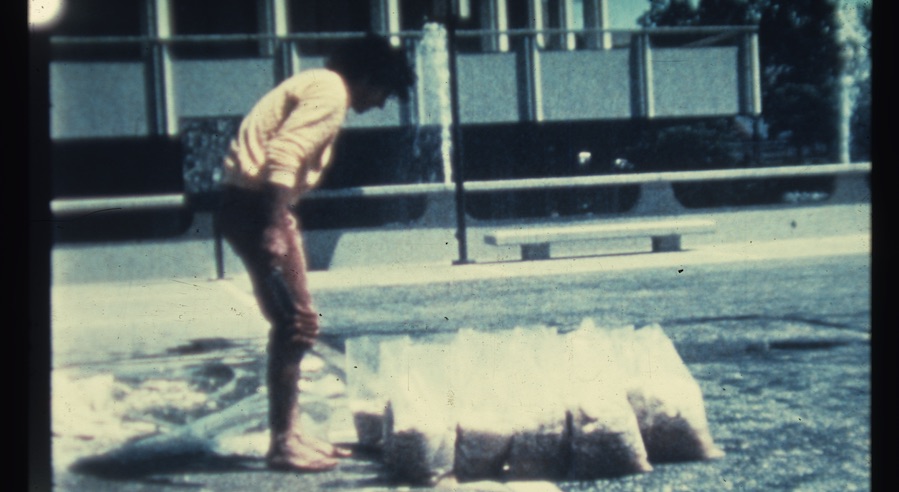
Survival Piece II: Notations on the Ecosystem of the Western Saltworks with the Inclusion of Brine Shrimp (1971), at the Los Angeles County Museum of Art, California. The right pond is ready for salt harvest; the left pond, for brine shrimp harvest. Photo by Helen Mayer Harrison and Newton Harrison. Detail
Collection
Shrimp Farm, Survival Piece #2, 1971/2022
Solar energy, saline water, salt, Dunaliella algae, brine shrimp Artemia, wood, plastic sheeting
1200 x 500 x 25 cm
Originally developed in collaboration with the Scripps Institute of Oceanography in San Diego, California, this iteration of Shrimp Farm at C3A has been realized using water from the Salinas del Alemán in Huelva, Spain, with advice from Sabina Limón and Ricardo Tur.
Variation From Survival Piece #2: Notations on the Ecosystem of the Cargill Salt Works, 2017
Ink and graphite on paper
61 x 92 cm
Helen and Newton Harrison have collaborated for over forty years with natural scientists, architects, and other artists in creating interdisciplinary work that supports and highlights biodiversity and the production and management of discrete ecosystems. These collaborations involved rigorously researched proposals for interventions in existing landscapes that would bring about large-scale transformation and continuous regeneration. Progenitors of the ecological art movement, the Harrisons conceived Shrimp Farm, Survival Piece #2 in 1971 as part of the Art and Technology program at Los Angeles County Museum of Art (LACMA) to explore a simple and efficient ecosystem powered by sunlight. The outdoor installation comprises four wooden pools filled with saltwater at different concentrations of salinity and the green microalgae Dunaliella. Each pool’s specific salinity level breeds algae of a distinct hue. To survive the high salinity levels and osmotic pressure, the algae produce β-carotene as a subproduct. This pigment colors the waters in orange, pink, and yellowish-green tones, resulting in three-dimensional color field paintings. At this point, the microscopic brine shrimp Artemia is introduced to consume the algae and stabilize each pool as a self-contained, autonomous ecosystem. Displaying the richness of a biological life cycle, it exemplifies how, on scale, the shrimp farm can produce tons of seafood biomass for consumption or energy production. The word survival in the title points to the ability of these organisms to thrive in extreme environments and the need to rethink our ecological relationships in a world increasingly under threat.
Variation From Survival Piece #2: Notations on the Ecosystem of the Cargill Salt Works is the preparatory drawing made by the Harrisons to notate the production process of Shrimp Farm, Survival Piece #2, realized in the gardens of C3A in C´rdoba. The drawing functions as a complete instruction manual to build, maintain, and sustain an installation thought as “biologically competent” and “self-regulating.” Each Survival Piece reflects a thoroughly researched proposal for sustainable urban farming in the face of what the Harrisons anticipated will be a future where climate disruption and subsequent food shortages are inevitable.
They are based on the following five understandings:
First understanding: Nature’s economic system stores the energy that it does not immediately need mostly in carbon formations.
Second understanding: Nature does not charge a profit as do culture’s economic systems.
Third understanding: All natural systems are dissipative structures with individuals that form them living, reproducing then dying with indeterminacy as a norm.
Fourth understanding: All natural systems have learned to nest within each other, and, within a context of symbiosis contribute to collective systems survival, sometimes with abundance.
Fifth understanding: Human constructed artifacts particularly legal, political, economic as well as production and consumption systems seek constancy but are often in violation of the laws of conservation of energy pointing toward systems entropy.
PAST LOANS
Group exhibition: Abundant Futures
Venue: C3A Centro de Creación Contemporánea de Andalucía, Córdoba
Curator: Daniela Zyman
Exhibition 1 April 2022 - 5 March 2023
Solar energy, saline water, salt, Dunaliella algae, brine shrimp Artemia, wood, plastic sheeting
1200 x 500 x 25 cm
Originally developed in collaboration with the Scripps Institute of Oceanography in San Diego, California, this iteration of Shrimp Farm at C3A has been realized using water from the Salinas del Alemán in Huelva, Spain, with advice from Sabina Limón and Ricardo Tur.
Variation From Survival Piece #2: Notations on the Ecosystem of the Cargill Salt Works, 2017
Ink and graphite on paper
61 x 92 cm
Helen and Newton Harrison have collaborated for over forty years with natural scientists, architects, and other artists in creating interdisciplinary work that supports and highlights biodiversity and the production and management of discrete ecosystems. These collaborations involved rigorously researched proposals for interventions in existing landscapes that would bring about large-scale transformation and continuous regeneration. Progenitors of the ecological art movement, the Harrisons conceived Shrimp Farm, Survival Piece #2 in 1971 as part of the Art and Technology program at Los Angeles County Museum of Art (LACMA) to explore a simple and efficient ecosystem powered by sunlight. The outdoor installation comprises four wooden pools filled with saltwater at different concentrations of salinity and the green microalgae Dunaliella. Each pool’s specific salinity level breeds algae of a distinct hue. To survive the high salinity levels and osmotic pressure, the algae produce β-carotene as a subproduct. This pigment colors the waters in orange, pink, and yellowish-green tones, resulting in three-dimensional color field paintings. At this point, the microscopic brine shrimp Artemia is introduced to consume the algae and stabilize each pool as a self-contained, autonomous ecosystem. Displaying the richness of a biological life cycle, it exemplifies how, on scale, the shrimp farm can produce tons of seafood biomass for consumption or energy production. The word survival in the title points to the ability of these organisms to thrive in extreme environments and the need to rethink our ecological relationships in a world increasingly under threat.
Variation From Survival Piece #2: Notations on the Ecosystem of the Cargill Salt Works is the preparatory drawing made by the Harrisons to notate the production process of Shrimp Farm, Survival Piece #2, realized in the gardens of C3A in C´rdoba. The drawing functions as a complete instruction manual to build, maintain, and sustain an installation thought as “biologically competent” and “self-regulating.” Each Survival Piece reflects a thoroughly researched proposal for sustainable urban farming in the face of what the Harrisons anticipated will be a future where climate disruption and subsequent food shortages are inevitable.
They are based on the following five understandings:
First understanding: Nature’s economic system stores the energy that it does not immediately need mostly in carbon formations.
Second understanding: Nature does not charge a profit as do culture’s economic systems.
Third understanding: All natural systems are dissipative structures with individuals that form them living, reproducing then dying with indeterminacy as a norm.
Fourth understanding: All natural systems have learned to nest within each other, and, within a context of symbiosis contribute to collective systems survival, sometimes with abundance.
Fifth understanding: Human constructed artifacts particularly legal, political, economic as well as production and consumption systems seek constancy but are often in violation of the laws of conservation of energy pointing toward systems entropy.
PAST LOANS
Group exhibition: Abundant Futures
Venue: C3A Centro de Creación Contemporánea de Andalucía, Córdoba
Curator: Daniela Zyman
Exhibition 1 April 2022 - 5 March 2023
Newton Harrison "Survival Piece II. Notations on the Ecosystems of the Western Saltworks with the Inclusion of Brine Shrimp," in Helen Mayer Harrison, Newton Harrison, The Time of the Force Majeure: After 45 Years Counterforce is on the Horizon, Prestel, 2016
FIND MORE
Anna Tsing, Heather Swanson, Elaine Gan, Nils Bubandt, eds., Arts of Living on a Damaged Planet, The University of Minnesota Press. 2017
Leslie A. Ryan, “Performing agriculture: The "Survival Pieces" of artists Helen and Newton Harrison”, in the Association for Environmental Studies and Sciences Conference, San Diego, California (2015). See here
W. Patrick McCray, “The Art of Survival”, in Aeon, October 29, 2020. See
Ana A. Ramos et al., “The unicellular green alga Dunaliella salina Teod. as a model for abiotic stress tolerance: genetic advances and future perspectives”, in Algae 26 (2011): 3-20.
VV. AA., A report on the Art and Technology Program of the Los Angeles County Museum of Art, 1967-1971 (Los Angeles: Los Angeles County Museum of Art, 1971).
B. RameshKumar et al., “A state of the art review on the cultivation of algae for energy and other valuable products: Application, challenges, and opportunities”, in Renewable and Sustainable Energy Reviews 138 (2021).
Kate Lochridge, “Water Color: Inspiring Conservation of Freshwater Ecosystems by Painting With Algae”, in Honors Projects 638 (2021).
David Harris et al., “The Algae Society BioArt Design Lab: exploring multispecies entanglements and making kin with algae”, in Leonardo( 2021): 1-12.
Leslie A. Ryan, “Performing agriculture: The "Survival Pieces" of artists Helen and Newton Harrison”, in the Association for Environmental Studies and Sciences Conference, San Diego, California (2015). See here
W. Patrick McCray, “The Art of Survival”, in Aeon, October 29, 2020. See
Ana A. Ramos et al., “The unicellular green alga Dunaliella salina Teod. as a model for abiotic stress tolerance: genetic advances and future perspectives”, in Algae 26 (2011): 3-20.
VV. AA., A report on the Art and Technology Program of the Los Angeles County Museum of Art, 1967-1971 (Los Angeles: Los Angeles County Museum of Art, 1971).
B. RameshKumar et al., “A state of the art review on the cultivation of algae for energy and other valuable products: Application, challenges, and opportunities”, in Renewable and Sustainable Energy Reviews 138 (2021).
Kate Lochridge, “Water Color: Inspiring Conservation of Freshwater Ecosystems by Painting With Algae”, in Honors Projects 638 (2021).
David Harris et al., “The Algae Society BioArt Design Lab: exploring multispecies entanglements and making kin with algae”, in Leonardo( 2021): 1-12.
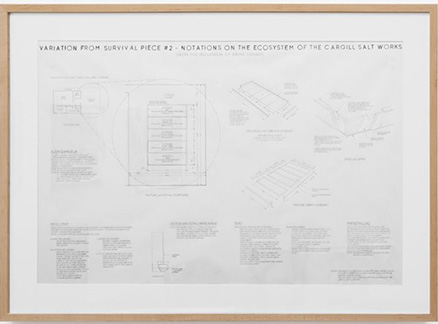
Helen Mayer Harrison and Newton Harrison
Variation From Survival Piece #2: Notations on the Ecosystem of the Cargill Salt Works, 2017
Variation From Survival Piece #2: Notations on the Ecosystem of the Cargill Salt Works, 2017
Helen Mayer Harrison born in New York, USA, in 1927. Died in Santa Cruz, California, USA, in 2018.
Newton Harrison born in New York, USA, in 1932. Lives in Santa Cruz, California, USA.
Newton Harrison born in New York, USA, in 1932. Lives in Santa Cruz, California, USA.



